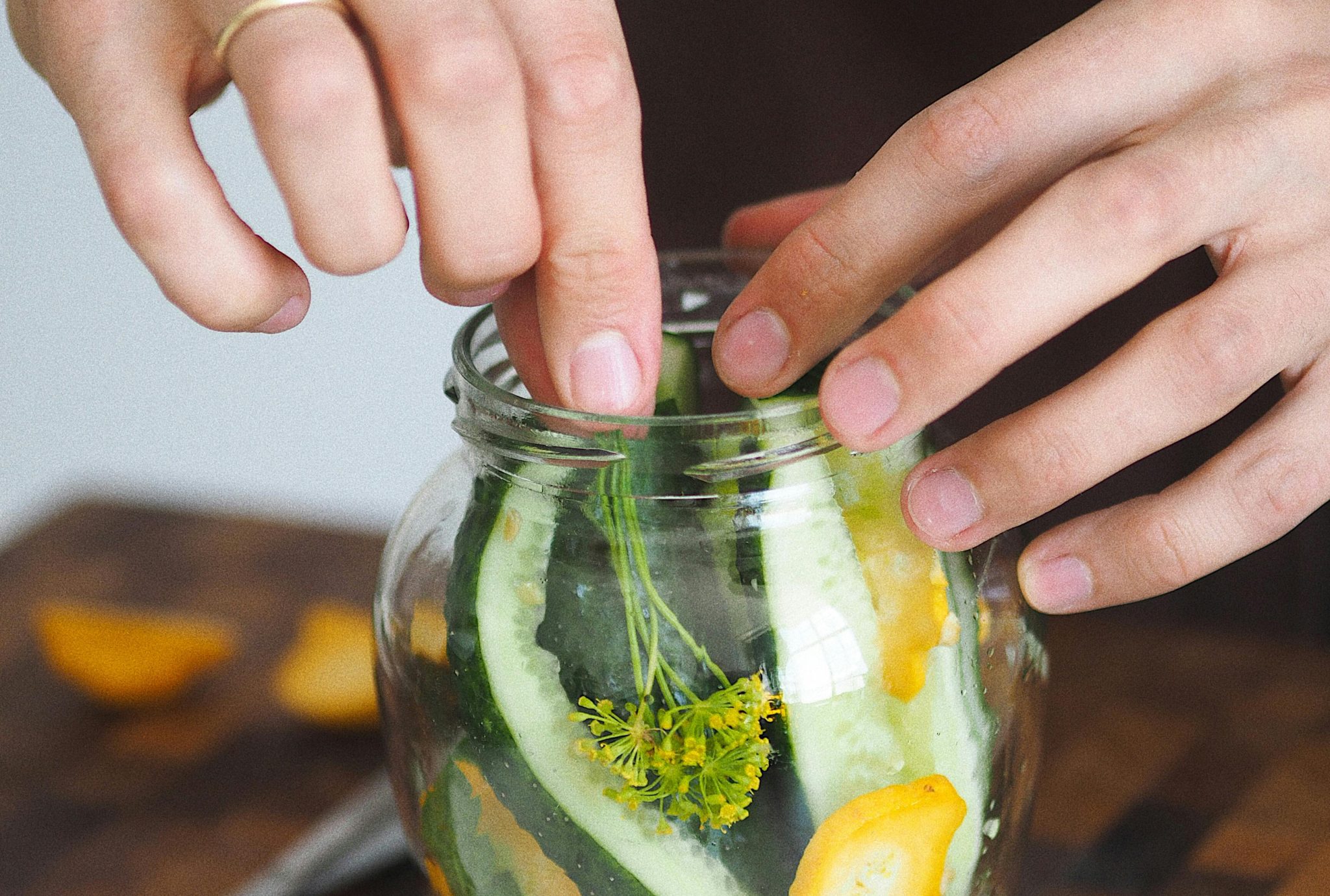One effective method involves reducing the amount of active water in food-water conducive to microbial growth. Ingredients like salt and sugar decrease the level of active water, making techniques such as sugaring jams and salting mushrooms excellent preservation methods. The process of drying food operates on the same principle.

Additional strategies to suppress microbial growth include altering the food's pH or storing it in a cold environment. Microbes grow optimally within specific temperature and pH ranges, and lowering either significantly slows down their growth. PH reduction is skillfully employed in practices such as pickling with vinegar and fermenting foods. However, it's crucial to note that neither cold storage nor freezing eliminates microbes entirely. Therefore, refrigerated foods can still spoil, and frozen items are susceptible to spoilage after thawing.
Heat treatments not only impede microbial growth but also aim to eradicate them. Pasteurization, for instance, eliminates disease-causing microbes and reduces overall microbial content, thus extending the shelf life of products like dairy. In the manufacturing of canned goods, the sterilization process ensures that no microbes survive, presenting a considerable risk in homemade canning if the procedure lacks efficiency. Poorly prepared home-canned foods can lead to severe food poisoning. Additionally, protective gases and food preservatives are used to create a inhospitable environment for microbes. Preservatives act as inhibitors on microbial growth, while microbes dependent on oxygen struggle to survive in conditions with protective gases. Although irradiation is a highly effective method of microbe destruction, it is legally prohibited for food preservation in Finland.
